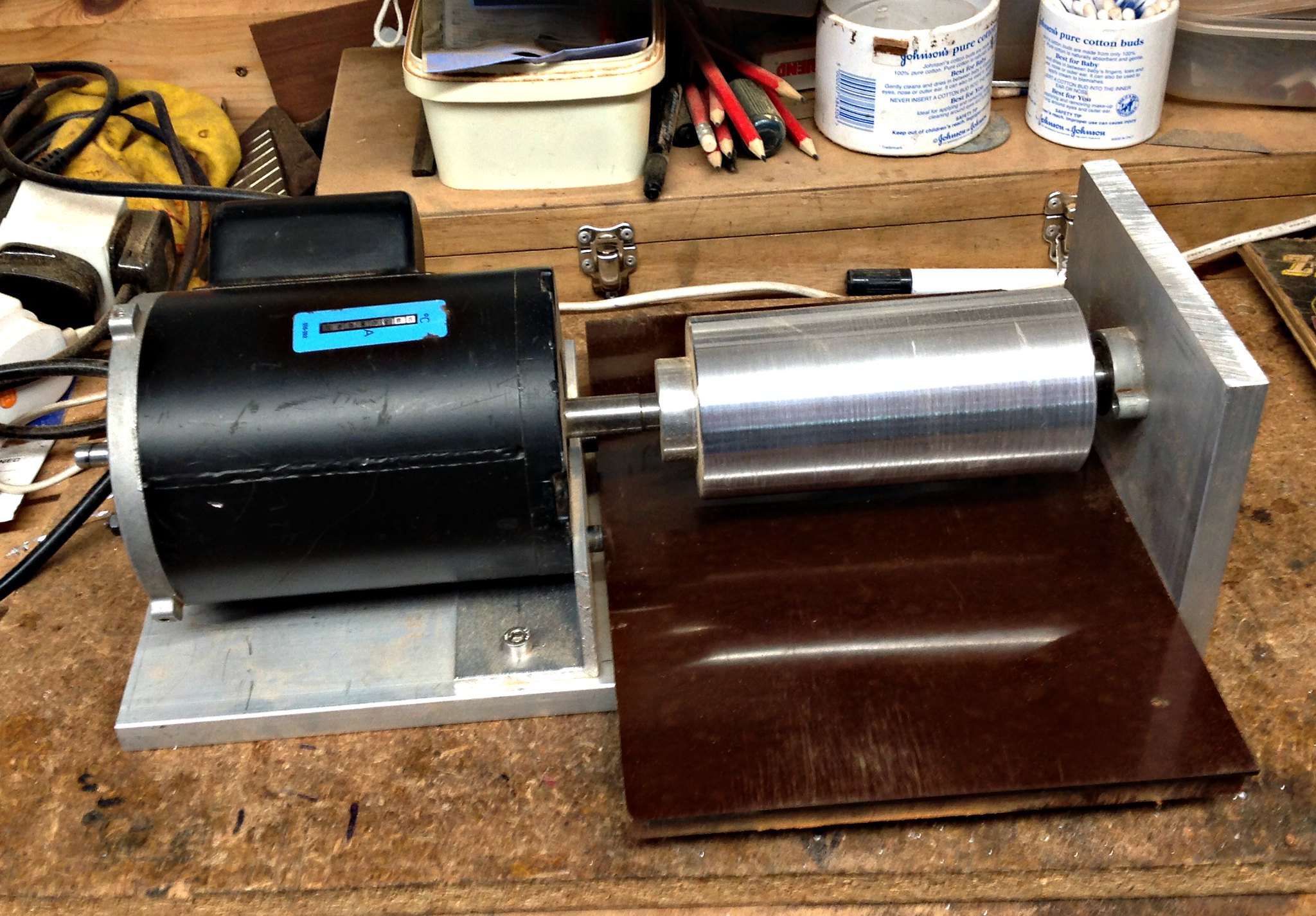Tried out the Safe-T Planer to day on a heastock back..Didn't like it much you need four hands and multiple passes to remove 3mm and you need support strips all round to stop it grabbing the work piece. Maybe it needs a better set up maybe i'll try it in the milling machine.
I also did a couple of headstocks with a fence against the oscillating spindle sander, this worked better but it left ripples due to the oscillating movement and it took a while to sand them out by hand...looks like i'll have to make my own device...Like Pete did

















